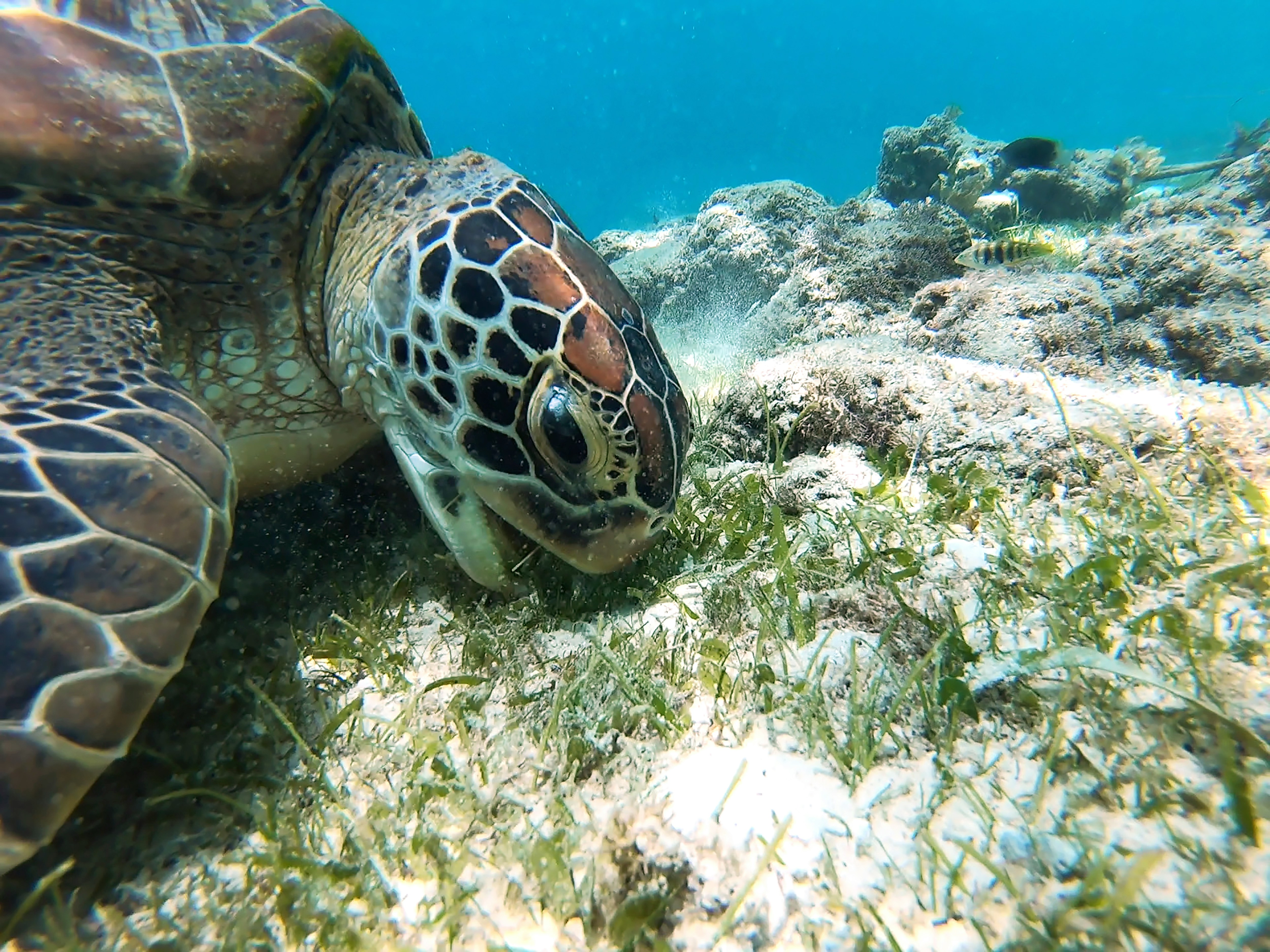News release
From:
Sea turtles see grass – Tracking green turtles could help scientists discover new seagrass meadows, important carbon sinks. Tagging 53 green turtles in the Red Sea led researchers to 34 previously unrecorded seagrass sites where the turtles were foraging. These seagrass meadows play a key role in carbon storage, and accurately mapping their distribution is essential to their conservation.
Proceedings of the Royal Society B: Biological Sciences
Green turtle tracking leads the discovery of seagrass blue carbon resources
Seagrass meadows play a key role in storing carbon, mitigating climate change impacts, enhancing economic and food security, and improving ecosystem health. However, it is difficult to identify their location and extent with conventional mapping methods. Despite their significance, it remains challenging to accurately map their distribution. Our research explores a novel approach to identifying seagrass meadows by tracking adult green turtles, which feed almost exclusively on seagrass. By using turtles as indicators, we accurately located seagrass meadows in the Red Sea and estimated their carbon storage potential. Enhancing seagrass location estimation will facilitate better conservation of blue carbon resources globally.



 Australia; International; QLD
Australia; International; QLD



